Getting Started with TensorFlow Recommenders
Overview
This article introduces TensorFlow Recommenders, a powerful tool for building recommendation systems. We will explore the concept of recommender systems, the importance and applications of recommendation algorithms, and the different types of recommendation techniques. We'll then dive into setting up TensorFlow Recommenders, understanding its workflow, and building recommender models using this framework. Additionally, we will discuss training and evaluation processes and highlight some real-world applications of recommender systems.

What are Recommender Systems?
Recommender systems are AI-driven algorithms that analyze user data, item attributes, and interactions to generate personalized recommendations. These systems leverage techniques like collaborative filtering, content-based filtering, and hybrid approaches to understand user preferences and suggest items that align with their interests. Collaborative filtering relies on user-item interactions, while content-based filtering considers item characteristics. Hybrid approaches combine both methods to overcome limitations and improve recommendation accuracy further.
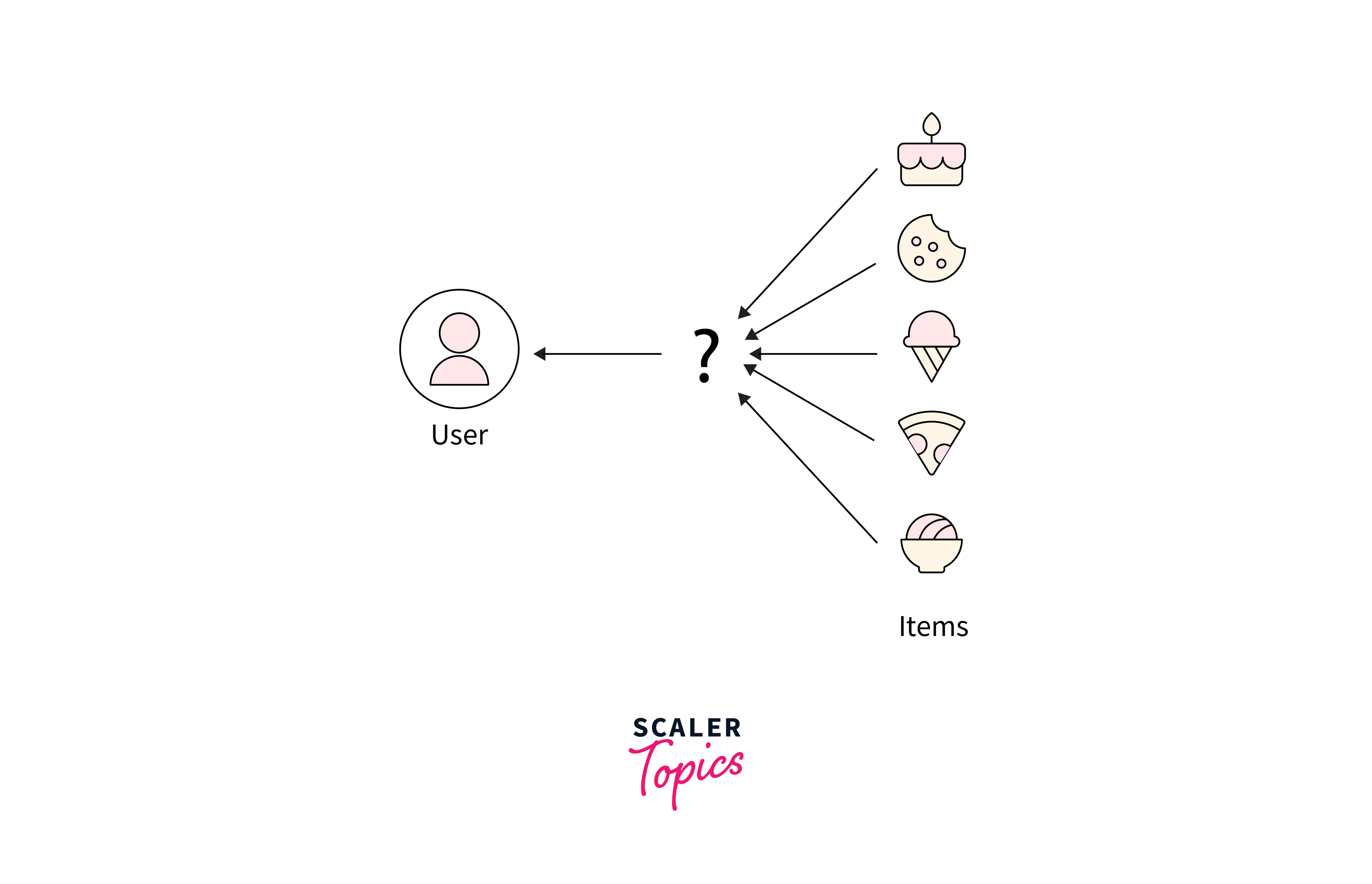
Introduction to TensorFlow Recommenders:
TensorFlow Recommenders (TFRS) is an open-source library by Google designed specifically for building efficient and scalable recommender systems. TFRS simplifies the process of designing, training and evaluating recommendation algorithms. Leveraging the TensorFlow framework, TFRS enables developers and data scientists to implement complex recommendation models with ease and flexibility.
Importance and Applications of Recommendation Algorithms:
Recommendation algorithms significantly impact various industries, enhancing user experiences and business revenue. Here are some essential applications of recommendation systems:
- E-Commerce: Online retailers like Amazon and eBay use recommendation algorithms to suggest products based on users browsing history and purchase behaviour. This increases the probability of making additional purchases and boosts overall sales.
- Media Streaming: Platforms like Netflix and Spotify utilize recommender systems to recommend movies, TV shows, music, and playlists based on users' viewing and listening patterns, keeping users engaged and subscribed.
- Social Media: Social platforms like Instagram and Facebook employ recommendation algorithms to display content that aligns with users' interests, encouraging them to spend more time on the platform.
- News Aggregation: News websites use personalized recommendation systems to display relevant news articles, keeping users informed and engaged with the platform.
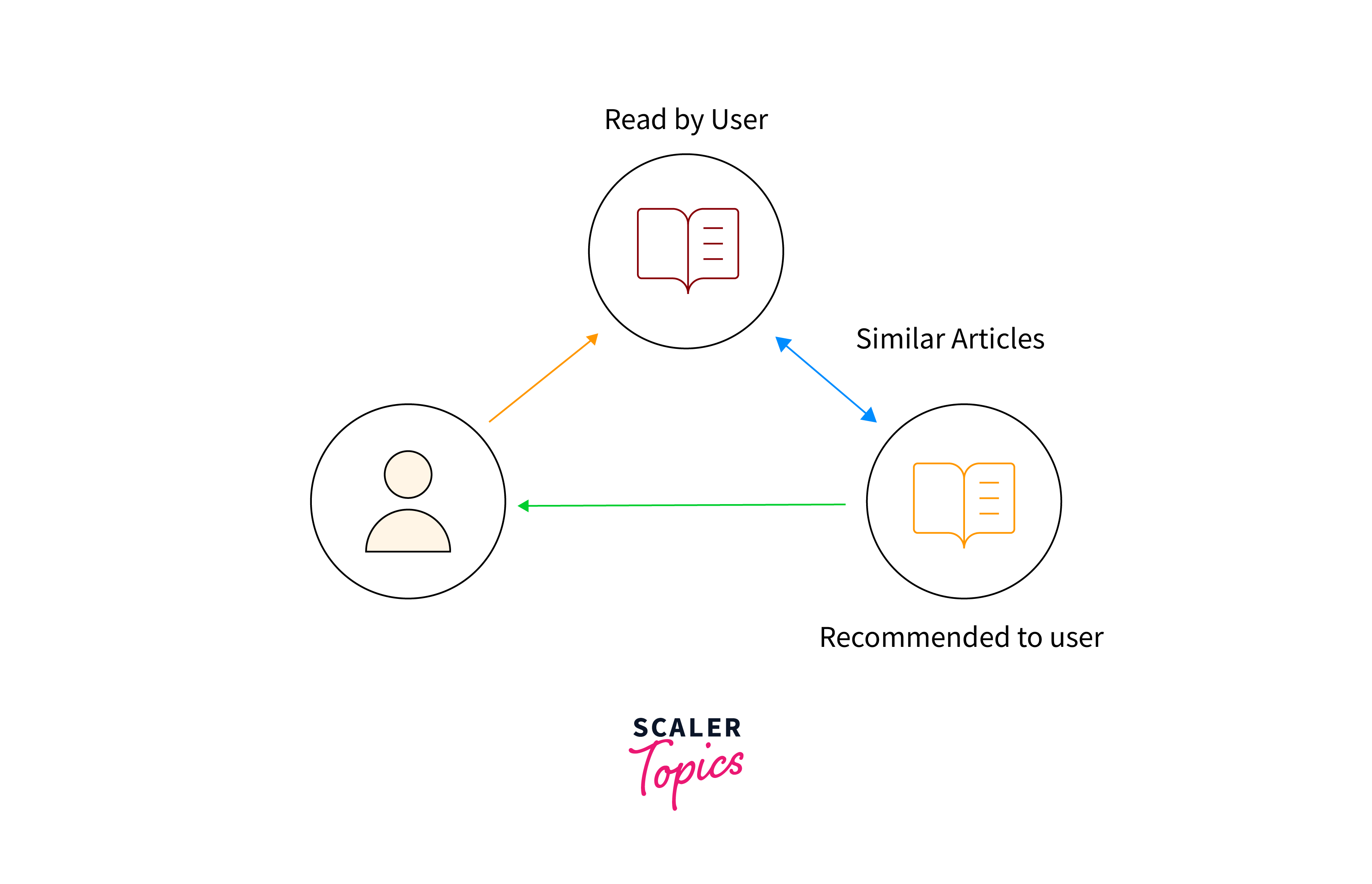
Types of Recommendation Techniques:
Each recommendation technique has its strengths and weaknesses, and the choice of technique depends on the use case, available data, and the level of personalization required.Below are some recommendation techniques:
- Collaborative Filtering: It is a widely used recommendation technique. It relies on user-item interaction data to identify patterns and similarities between users and items.Collaborative filtering can be further categorized into two approaches:
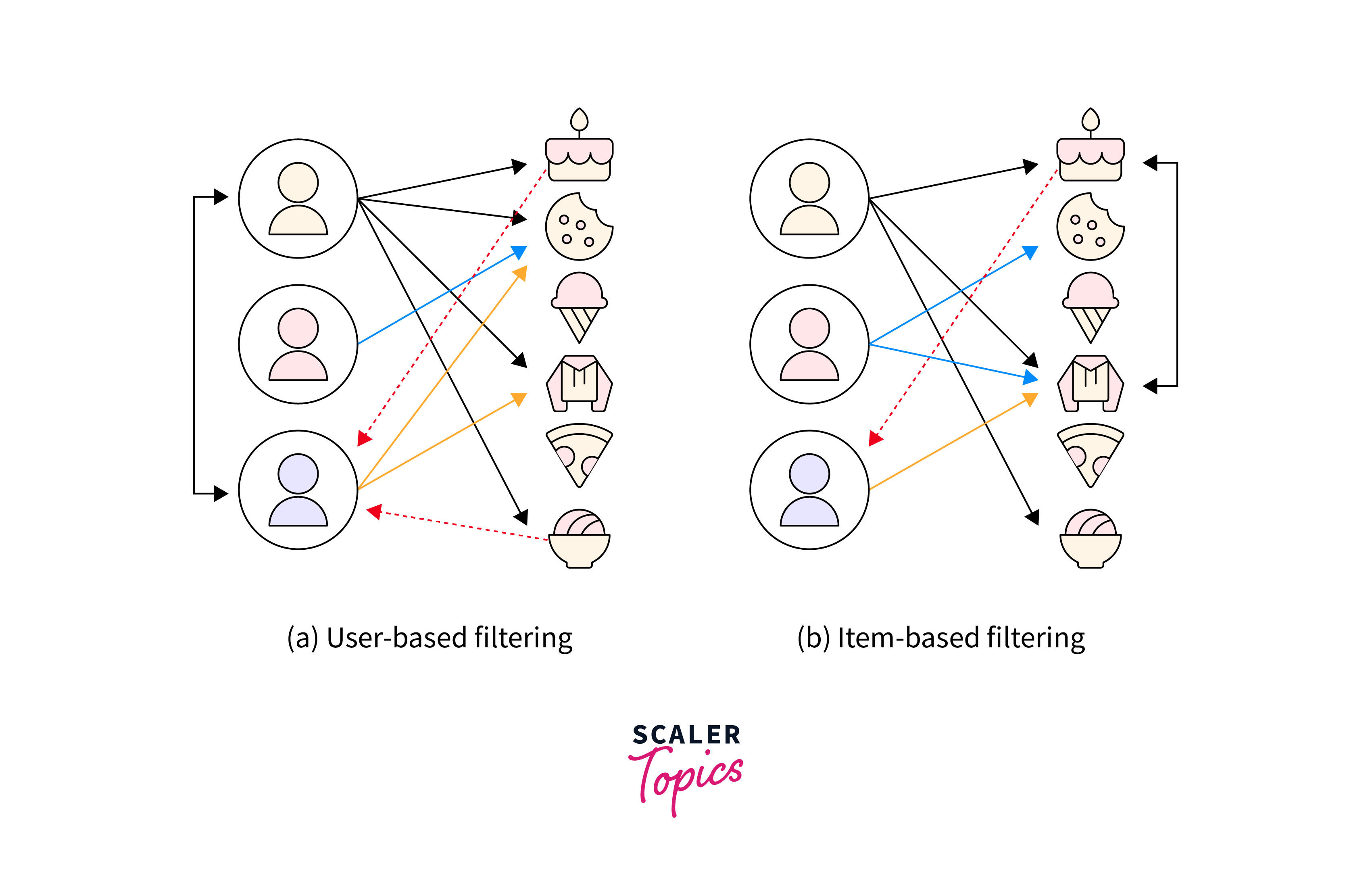
a. User-Based Collaborative Filtering
b. Item-Based Collaborative Filtering: Instead of focusing on similar users, item-based collaborative filtering identifies similarities between items based on their interactions. The system then recommends items similar to the ones the user has already shown interest in.
- Content-Based Filtering: Content-based filtering, as the name suggests, recommends items to users based on the characteristics of the content or attributes of the items. The system creates profiles for users and items based on their attributes and then suggests items with attributes similar to those the user prefers. For instance, if a user is interested in action movies, the system might recommend other movies with similar themes or actors.

- Matrix Factorization: Matrix factorization is a popular technique in collaborative filtering that aims to reduce the dimensions of the user-item interaction matrix. The user-item interaction matrix is typically sparse, as users only interact with a small subset of items. Matrix factorization decomposes this matrix into two lower-dimensional matrices representing users and items. The latent factors in these matrices capture underlying patterns and relationships between users and items. Matrix factorization helps predict missing values in the interaction matrix, enabling the system to generate recommendations for items the user has not interacted with.
- Deep Learning-based Approaches: With the help of deep learning, neural network-based approaches have gained popularity in recommendation systems. Deep learning models can handle complex data and learn intricate patterns, making them suitable for recommendation tasks. Neural networks, such as multi-layer perceptrons (MLPs) and recurrent neural networks (RNNs), can model user preferences and item characteristics, capturing nonlinear relationships in the data. Deep learning-based approaches have shown results in improving recommendation accuracy and personalization.
Setting up TensorFlow Recommenders
Setting up TensorFlow Recommenders involves installing the library and its dependencies and preparing the data for building recommender models. Here's a step-by-step guide on how to set up TensorFlow Recommenders:
- Install TensorFlow and TFRS: Before setting up TensorFlow Recommenders, you need to have TensorFlow installed in your Python environment. If you haven't installed TensorFlow yet, you can do so using pip:
Next, install TensorFlow Recommenders using the following command:
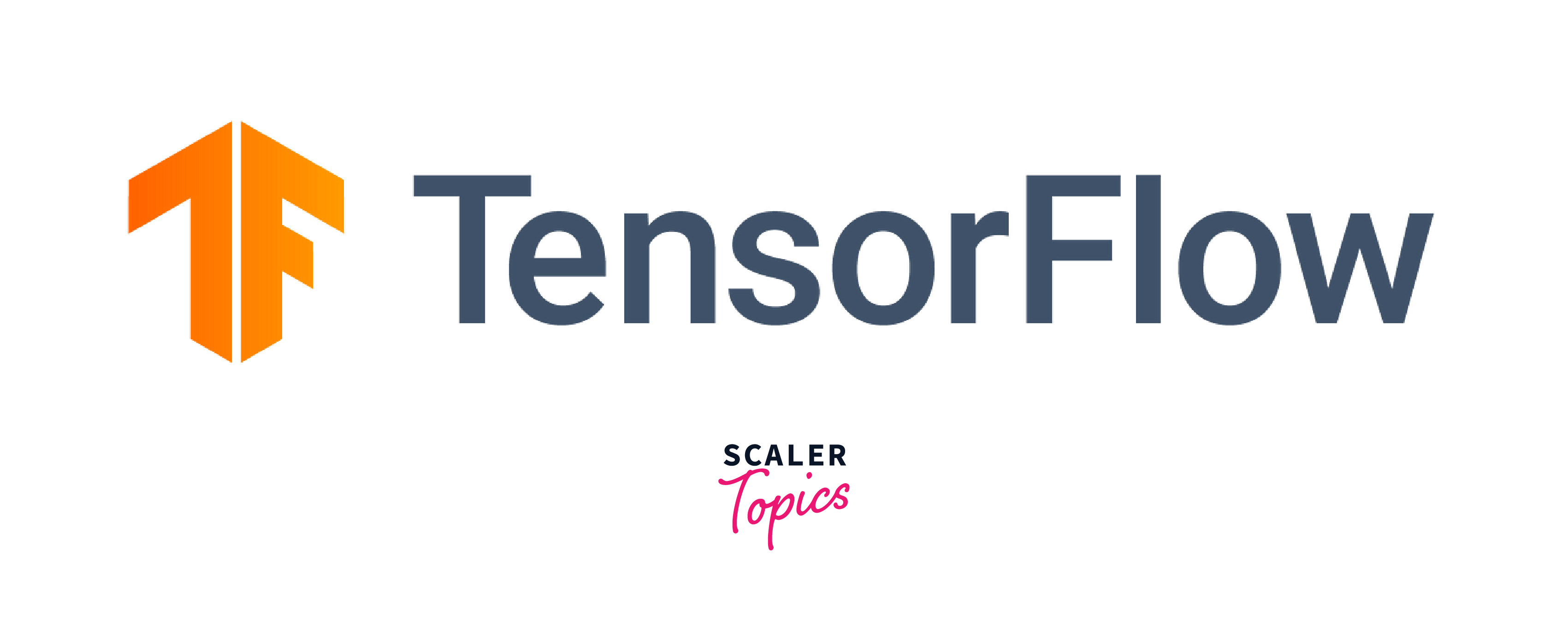
- Import the Required Libraries: Once you have installed TensorFlow and TFRS, you need to import them into your Python script or Jupyter Notebook:
Data Preparation for Recommender Systems
Data preparation is a crucial step in building effective recommender systems. Properly preparing the data ensures that the model receives clean, relevant, and structured information, which leads to accurate and personalized recommendations. In this section, we will cover the data preparation process for recommender systems:
- Data Formatting for TensorFlow Recommenders: If you are using TensorFlow Recommenders (TFRS) to build your recommender system, you need to format the data in a way that can be ingested by TFRS. TFRS accepts data in TensorFlow Datasets format or any other suitable format. Here's how you can format data for TFRS:
- Encoding Categorical Features: In some cases, user and item IDs might be categorical features, and you need to convert them into embeddings or numerical representations. TensorFlow Recommenders provides utilities for creating embeddings for categorical features. Here's an example of how to do
- Data Preprocessing and Normalization: Depending on the nature of the data and the recommender model, you may need to preprocess and normalize numerical features. Preprocessing may include scaling features to a specific range or normalizing them with a mean of zero and unit variance.
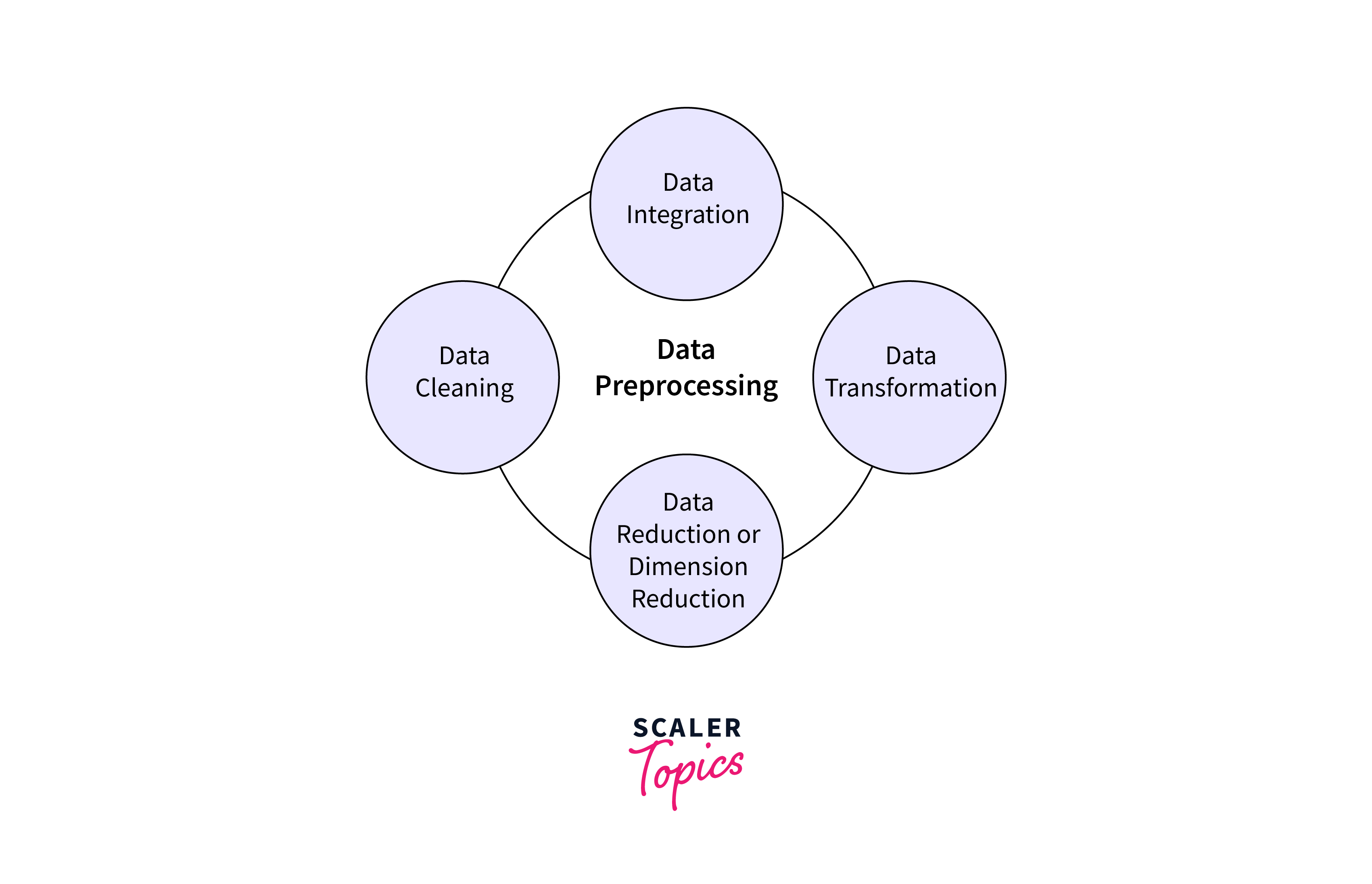
Understanding the TFRS workflow
Understanding the TensorFlow Recommenders (TFRS) workflow is essential for effectively building and training recommender models using this library. The TFRS workflow involves several key steps, from data loading to model training and evaluation. Let's go through each step of the TFRS workflow:
- Data Loading: The first step is to load the preprocessed data into TensorFlow datasets or any other suitable format that TFRS can consume. The data should be organized in a user-item interaction format, where each interaction contains information about the user, the item, and any relevant context (e.g., timestamps or user demographics).
- Model Definition: Next, you need to define the structure of your tensorflow recommender model using TFRS model classes. TFRS provides various pre-defined model classes to implement different types of recommendation algorithms. You can also customize the model architecture as per your requirements. Loss and Metrics:
Choose appropriate loss functions and evaluation metrics for your recommendation task. The loss function represents the objective that the model aims to optimize during training. Common choices for regression tasks include mean squared error (MSE) 'tf.keras.losses.MeanSquaredError()', while binary cross-entropy 'tf.keras.losses.BinaryCrossentropy()' is often used for binary classification tasks.
Trainer Configurationand Model Training:
- Configure the training process by setting hyperparameters and optimization parameters. You can choose the optimizer (e.g., Adam, RMSprop, or SGD), set the learning rate, and specify the number of epochs and batch size.
- Train the model using the training dataset. During training, the model iteratively updates its parameters to minimize the chosen loss function.
3.Evaluation: Evaluate the model's performance on the testing dataset using the specified evaluation metrics. This step helps you assess how well the model generalizes to unseen data.
Building Recommender Models with TensorFlow Recommenders
Building recommender models with TensorFlow Recommenders (TFRS) involves defining the model architecture, specifying loss functions and evaluation metrics, and training the model using the prepared data. TFRS provides a set of pre-defined model classes and components that can be used to implement various types of recommendation algorithms. In this section, we will walk through the steps to build a basic recommender model using TFRS:
- Define Inputs: The first step is to define the input data for your model. Typically, this includes user and item IDs. You may also include additional context, such as timestamps or user demographics, if available.
- Embeddings: Next, you need to convert the user and item IDs into continuous, low-dimensional representations called embeddings. Embeddings capture the latent features of users and items, which are crucial for making personalized recommendations.
- Model Architecture and Training: Now, you can build the neural network architecture for your recommender system. TFRS provides various pre-defined model classes, such as tfrs.models.Model and tfrs.models.BaselineModel, which can be used as a starting point for building your custom models.
Training and Evaluation
- As we build the architecture and also prepared our data , the next step is to train the tensorflow recommenders model. Compile the model with the chosen optimizer, loss function, and evaluation metrics. Then, train the model using the prepared data.
- After training the model, you can evaluate its performance on a held-out test set using the specified evaluation metrics.
Output:
Real-World Applications
Recommender systems have become integral to various real-world applications, enhancing user experiences and driving business success. Here are some of the key real-world applications of recommender systems:
- E-Commerce: Recommender systems are widely used in e-commerce platforms to suggest personalized product recommendations to users based on their browsing and purchase history. By analyzing user behavior and preferences, these systems can provide relevant product suggestions, leading to increased customer engagement and higher conversion rates.
- Content Streaming Services: Streaming platforms like Netflix, Amazon Prime Video, and Spotify leverage recommender systems to recommend movies, TV shows, music, and podcasts based on users' viewing and listening habits. Personalized content recommendations keep users engaged, leading to longer sessions and reduced churn.
- Social Media: Social platforms like Instagram, employ recommender systems to suggest personalized content, including posts, ads, and friends' suggestions. These systems use user interactions, content preferences, and social connections to make relevant recommendations.
- Online Advertising: Recommender systems play a crucial role in online advertising, where they suggest relevant ads to users based on their browsing behavior. Personalized ads increase the likelihood of user engagement and conversions for advertisers.
Conclusion
- Recommender systems provide recommendations based on user preferences, enhancing user experiences and engagement.
- They have widespread applications in e-commerce, content streaming, social media, advertising, and various other industries.
- TensorFlow Recommenders (TFRS) is a valuable tool for efficiently building and implementing recommender models using TensorFlow.
- As technology advances, recommender systems are expected to become even more personalized and influential in shaping user interactions and business outcomes.
